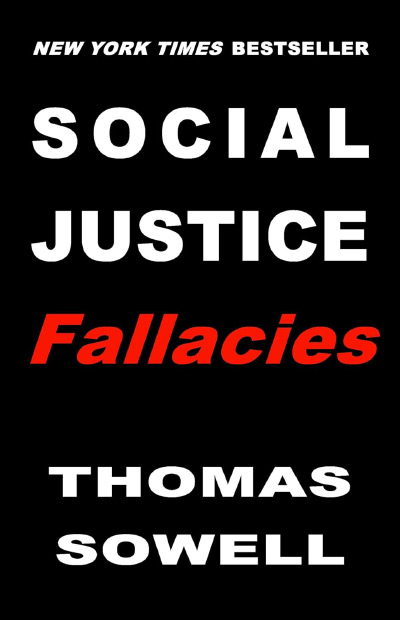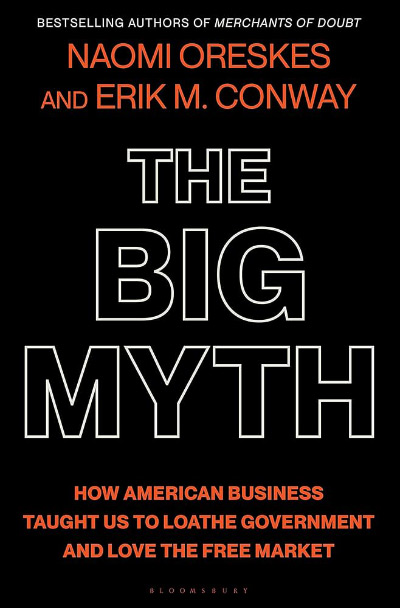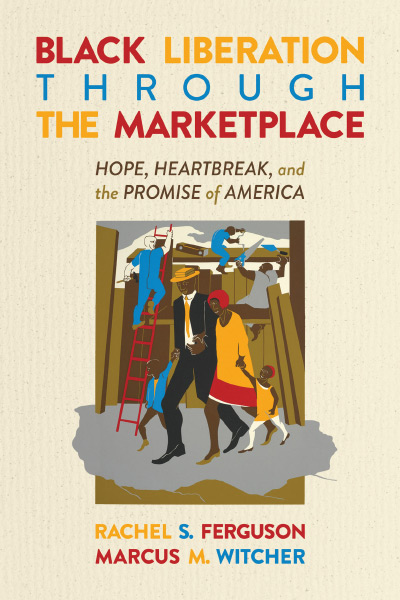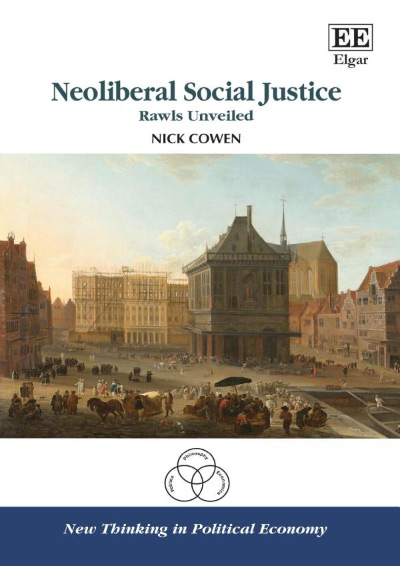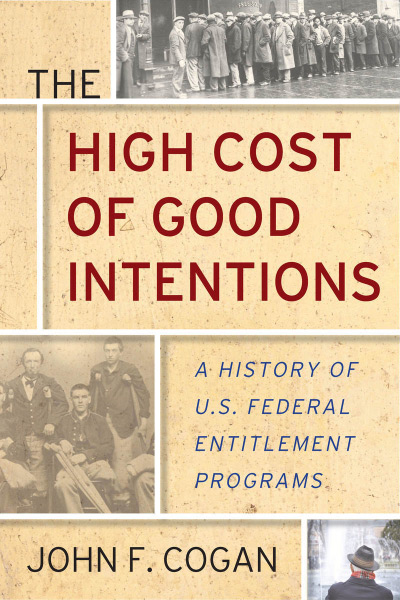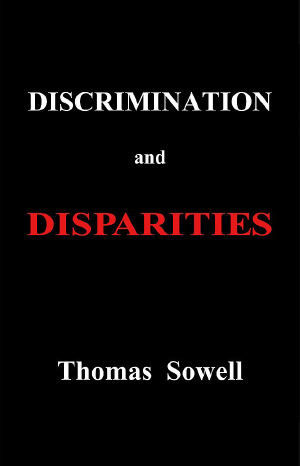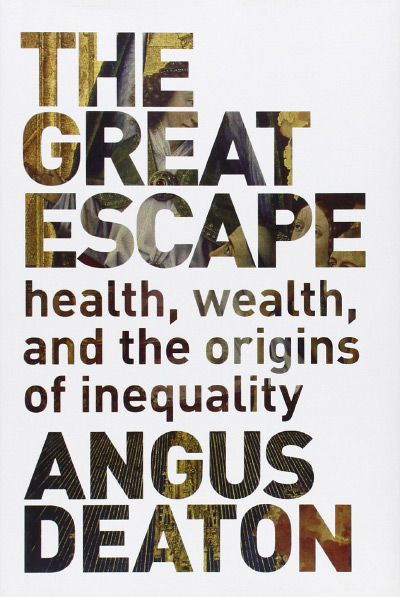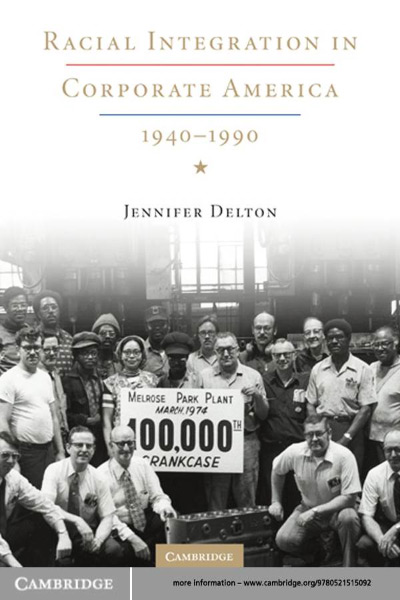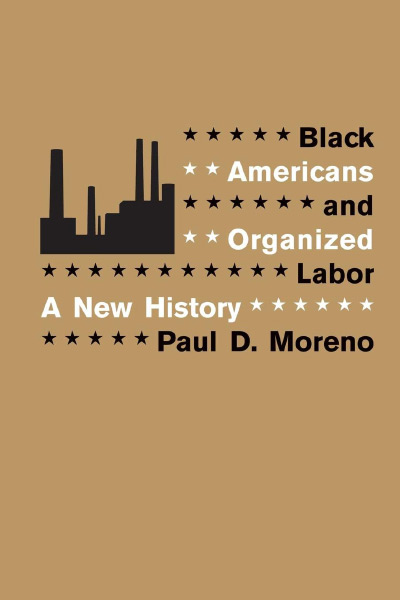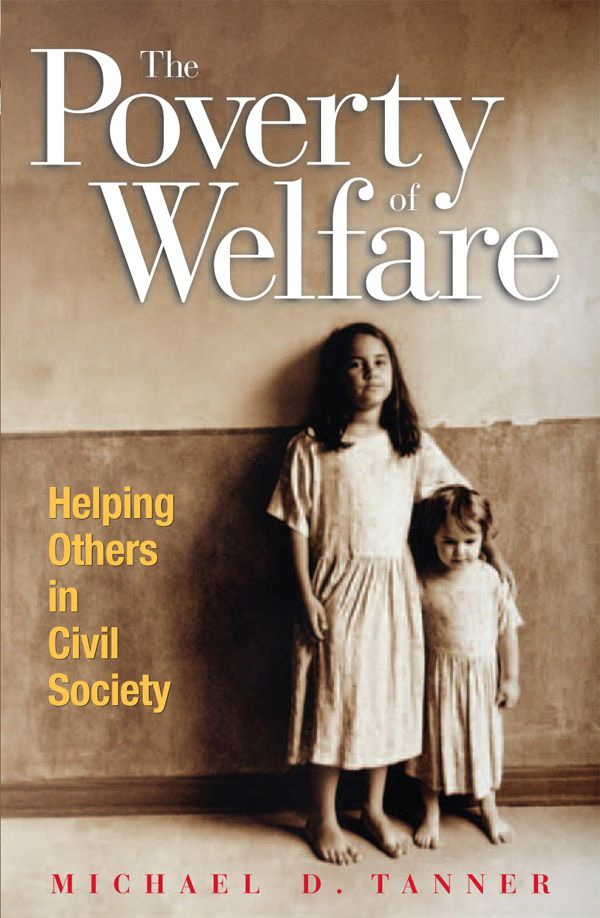Thomas Sowell argues that “the fatal danger of our times today is a growing intolerance and suppression of both opinions and evidence that differ from the prevailing ideologies that dominate institutions, ranging from the academic world to the corporate world, the media and government institutions” (p. 100, emphasis added). Accordingly, his aim in this book is to expose the fallacies, delusions, and misconceptions that surround so much thinking about social justice. This goal is achieved by providing what the back cover of Social Justice Fallacies appropriately calls “documented facts.” Most readers will conclude that these facts weaken the case for the “confiscation and redistribution of wealth ... at the heart of the social justice agenda” (p. 49) and the Rawlsian idea that the government should “arrange” economic affairs so that they are more just: “Interior decorators arrange. Governments compel. It is not a subtle distinction” (p. 48).
Among the many important documented facts that Sowell calmly calls forth include these three, which belie what Sowell identifies as “racial fallacies”:
- “[O]ver a span of more than a quarter of a century since 1994, in no year has the annual poverty rate of black married-couple families been as high as 10 percent. And in no year in more than half a century since 1959 has the national poverty rate of Americans as a whole been as low as 10 percent.” He asks, “if black family poverty is caused by ‘systemic racism,’ do racists make an exception for blacks who are married?” (p. 24, emphasis in the original).
- When black and Hispanic students in public charter schools and traditional public schools “took the same statewide tests in mathematics, the charter school students achieved the official ‘proficient’ level in mathematics more than 6 times as often as children of the same ethnicities in traditional public schools housed in the very same buildings” (p. 25, emphasis in the original).
- When voters put an end to University of California system’s affirmative action programs, the number of minorities attending UC Berkeley and UCLA fell, but the number of black and Hispanic students graduating from the University of California system as a whole rose, the percent of these students who graduated with high GPAs soared, and the number graduating with degrees in STEM fields rose about 50 percent.
After showing that the poorest counties in the United States are in Appalachia, where over 90 percent of the population is white, he notes that “what we learn from persistent and severe poverty in hillbilly communities can be helpful in sorting out factors involved in the poverty and lagging progress of other peoples, including racial minorities. If, by some miracle, we could get to zero racism, it is by no means certain how much effect that would have. People in low-income American hillbilly counties already face zero racism.... Yet they have lower incomes than blacks” (p. 27).
At the heart of the social justice vision is the assumption that, because economic and other disparities among people greatly exceed any differences in their innate capacities, these disparities are evidence or proof of exploitation and discrimination. Sowell exposes this, the “equal chances” fallacy. Yes, he argues, racism exists, but much more powerful in explaining disparities are individuals’ cultural assumptions and practices (such as those in Appalachia), individuals’ choices (such as whether to get married and stay married), and institutional policy choices (such as ill-conceived affirmative action policies and how much power to give to teachers’ unions).
The other two fallacies he identifies are “chess piece fallacies”—“there is no question that governments and even local looters, can redistribute wealth to some extent” (p. 49) but they don’t have a good track record of doing so without causing significant harm—and “knowledge fallacies.” He summaries “knowledge fallacies” this way:
“Policies based on the social justice vision tend to assume not only a concentration of consequential knowledge in intellectual elites, but also a concentration of the cause of socioeconomic disparities in such other people as heads of business, educational and other institutions. Accordingly, the social justice agenda tends to focus its attention on correcting institutional and societal defects by having government empower surrogate decision makers to rescue victims of various forms of mistreatment by taking many decisions out of other people’s hands. This has included taking some decisions out of the hands of the supposed victims themselves, and transferring those decisions to elite surrogates, whose supposedly greater knowledge could better protect their interests” (p. 82).
Then Sowell lists a wide range of policies inspired by this kind of fallacy that have utterly backfired.
The “casual contempt for ordinary people and their freedom” (p. 96) displayed by early progressives is equally manifest in progressives of today. Writing a century ago, progressive John Dewey asked: “Does freedom in itself and in the things it brings with it seem as important as security of livelihood; as food, shelter, clothing, or even as having a good time?” (quoted on p. 95). Progressives deride freedom because it can be used unwisely, and they assume themselves to be wise enough to choose for other people as they take away their freedoms. Sowell exposes the injustice of this “social justice” framework.
A century after Dewey asked his question every rank of society has considerably more food, more shelter, and more clothing, so the marginal value of the material things Dewey promised has declined substantially. Many of our freedoms, on the other hand, have diminished—increasing their marginal value. Should we continue to trade away more freedoms for more material benefits? Thomas Sowell thinks not.
| Other Independent Review articles by Robert M. Whaples | ||
| Spring 2024 | A Vision of a Productive Free Society: Murray Rothbard’s For a New Liberty | |
| Spring 2024 | GOAT: Who Is the Greatest Economist of All Time and Why Does It Matter? | |
| Spring 2024 | Everyday Freedom: Designing the Framework for a Flourishing Society | |
| [View All (93)] | ||



